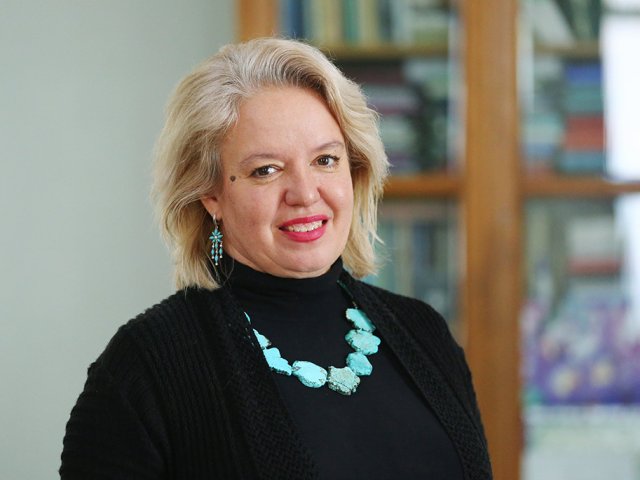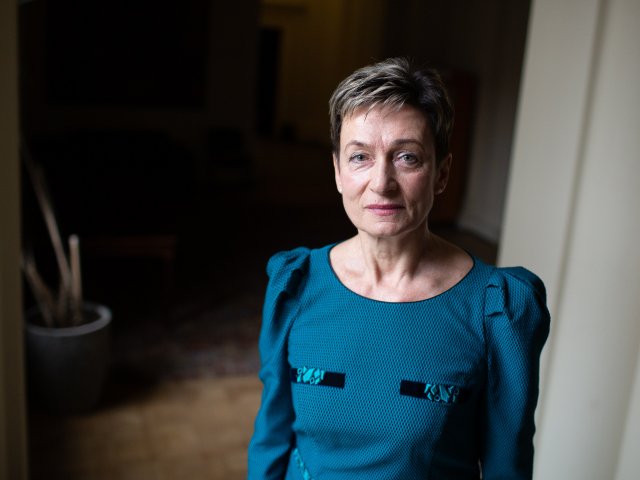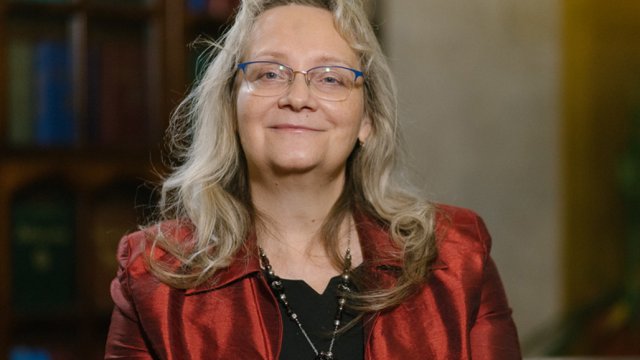Official:
Geaorgy Nikolaevich Flyorov. February 17 (March 2), 1913 – November 19, 1990. Soviet nuclear physicist, one of the founders of the Joint Institute for Nuclear Research in Dubna. An academician of the Academy of Sciences of the USSR. Hero of Socialist Labor, laureate of the Lenin Prize, two Stalin Prizes and the State Prize.
Life and Work:
1. In 1942, in the middle of the war, Red Army lieutenant Georgy Flyorov accidentally came across foreign scientific magazines. He flipped through them and found that all articles on nuclear issues were gone, and there were no new articles by the authors that had worked on these problems. Flyorov, who had discovered a new type of radioactive transformations – spontaneous nuclear fission – before the war, drew the right conclusion: the West was working on an atomic weapon, and all works were classified.
2. The brave lieutenant decided to write a letter to Supreme Commander Stalin. In the letter, Flyorov urges to renew research and start creating a Soviet nuclear bomb.
3. Georgy Flyorov, whose efforts led to the creation of our country's nuclear shield, was born before World War I in Rostov-on-Don. Flyorov's parents were public servants, which made his path to higher education in the country of workers and farmers significantly more difficult. He had to go to work after school to gain his tenure.
4. The Krasny Putilovets plant sent the promising electrician to study at the Faculty of Engineering and Physics of Leningrad Industrial Institute.
5. Flyorov wrote his thesis under the supervision of Igor Kurchatov. The teacher and the student did not part ways after that: Flyorov was sent to work in Kurchatov's group in famous Leningrad Physics and Technology Institute.
6. In 1940, Flyorov discovered spontaneous fission of uranium together with his colleague Konstantin Petrzhak. The scientific community was skeptical about the discovery: what if fission is not spontaneous, but caused by cosmic rays?
7. Valiant Flyorov repeated the experiment in... Moscow metro. At the Dinamo station, at a depth of 32 meters, late at night, when there are no trains, Flyorov and his co-author repeated the experiment and succeeded again.
8. In the fall of 1941, Flyorov was called into the army. There, his education and working profession was taken into consideration, and he was sent to ... Yoshkar-Ola, to study the operation of board electrical equipment of warplanes. After graduation, Flyorov did his military service in the aviation regiment. The roads of war led him to Voronezh. There, at the university library, he came across the latest scientific magazines.
9. In 1943, Flyorov was recalled from the line – the intelligence confirmed work on the atomic project. He was included in a team that started creating a Soviet atomic bomb under the supervision of Igor Kurchatov.
10. Flyorov held the riskiest experiment on finding the critical mass of plutonium personally.
11. He was responsible for the main, physical part of the explosion on the 29th of August, 1949, when the first Soviet atomic bomb RDS-1 was successfully tested at the Semipalatinsk Test Site. Flyorov was awarded the title of Hero of Socialist Labor for it.
12. This was the last time for him to work for atomic weapons, but he did not leave nuclear physics. His atom was now peaceful – he organized and headed the laboratory of nuclear reactions at the Joint Institute for Nuclear Research in Dubna.
13. Transuranium elements 102, 103, 104 and up to 107 were synthesized under Flyorov's supervision.
14. The technology of nuclear track membranes developed by Flyorov was used at the management of the Chernobyl disaster.
15. In 1953, Flyorov was selected a corresponding member of the Academy of Sciences of the USSR; and in 1968, a full member of the Academy.
16. In 1955, Georgy Flyorov signed the Letter of 300, which led to the resignation of T.D. Lysenko.
17. He did not limit himself to physics only: Flyorov was one of those people who put efforts into creating famous Taganka Theater. He was a member of its arts council.
18. The troop did not forget it: at the meeting of the institute's academic council devoted to Flyorov's 60th anniversary, actor Veniamin Smekhov read “the Order on the Arts Army,” which, among other things, dictated to “from now on, only call all the scarce near-Taganka flora – flyora.”
19. There is a monument to Flyorov in Dubna, at the crossing of Flyorov and Vekslera street. It is also a monument to the element flerovium, named after the laboratory in JINR, which now carries the name of the great scientist. It was there in that laboratory, where the 114th element of the Periodic System was discovered, but it happened after Flyorov's death.






















